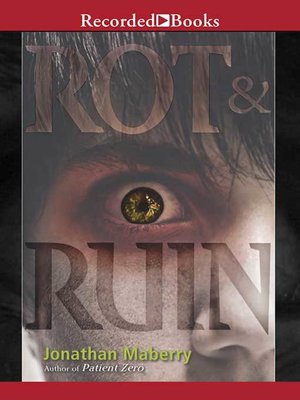
In modern texts, the term 'dry rot' is used in reference to damage inflicted by either: Serpula lacrymans (formerly Merulius lacrymans) predominantly in the United Kingdom and northern Europe and/or Meruliporia incrassata (which has a number of synonyms, including Poria incrassata and Serpula incrassata) in North America. However, there has been no published experimental evidence to support the phenomenon. The term dry rot, or true dry rot, refers to the decay of timbers from only certain species of fungi that are thought to provide their own source of moisture and nutrients to cause decay in otherwise relatively dry timber. Significant decay can cause instability and cause the structure to collapse. An outbreak of dry rot within a building can be an extremely serious infestation that is hard to eradicate, requiring drastic remedies to correct.

Chemically, wood attacked by dry rot fungi is decayed by the same process as other brown rot fungi. The decayed wood takes on a dark or browner crumbly appearance, with cubical like cracking or checking, that becomes brittle and can eventually crush the wood into powder. The term is a misnomer because all wood decaying fungi need a minimum amount of moisture before decay begins. Discussion ĭry rot is the term given to brown rot decay caused by certain fungi that deteriorate timber in buildings and other wooden construction without an apparent source of moisture. In health and safety, the term is used to describe the deterioration of rubber, for example the cracking of rubber hoses. In other fields, the term has been applied to the decay of crop plants by fungi. The final stage is a fruiting body which pumps new spores out into the surrounding air. As the hyphae grow they will eventually form a large mass known as mycelium. If the spores are subjected to sufficient moisture, they will germinate and begin to grow fine white strands known as hyphae.

Dry rot begins as a microscopic spore which, in high enough concentrations, can resemble a fine orange dust. The life-cycle of dry rot can be broken down into four main stages. It was previously used to describe any decay of cured wood in ships and buildings by a fungus which resulted in a darkly colored deteriorated and cracked condition. Dry rot is wood decay caused by one of several species of fungi that digest parts of the wood which give the wood strength and stiffness.


 0 kommentar(er)
0 kommentar(er)
